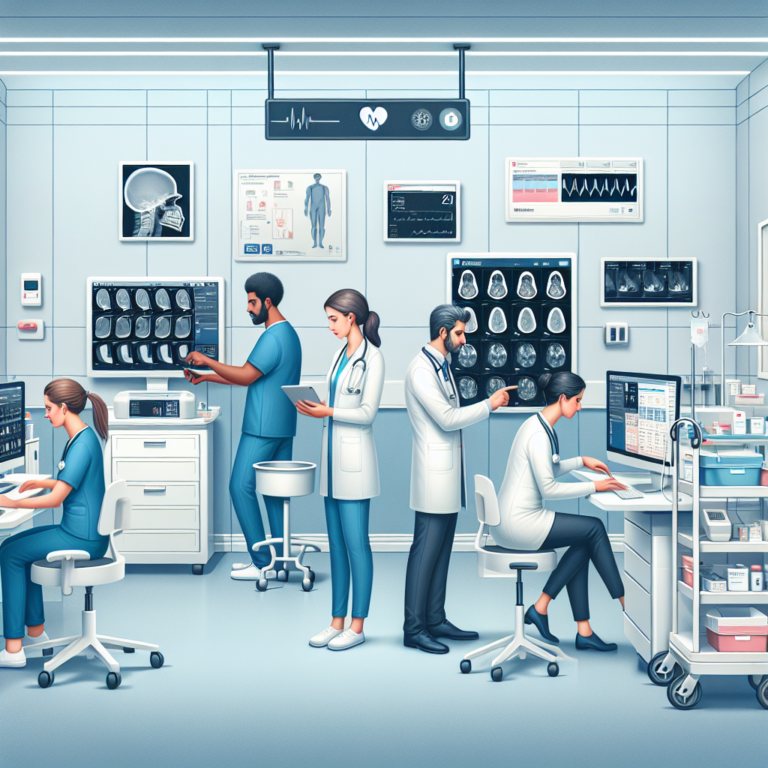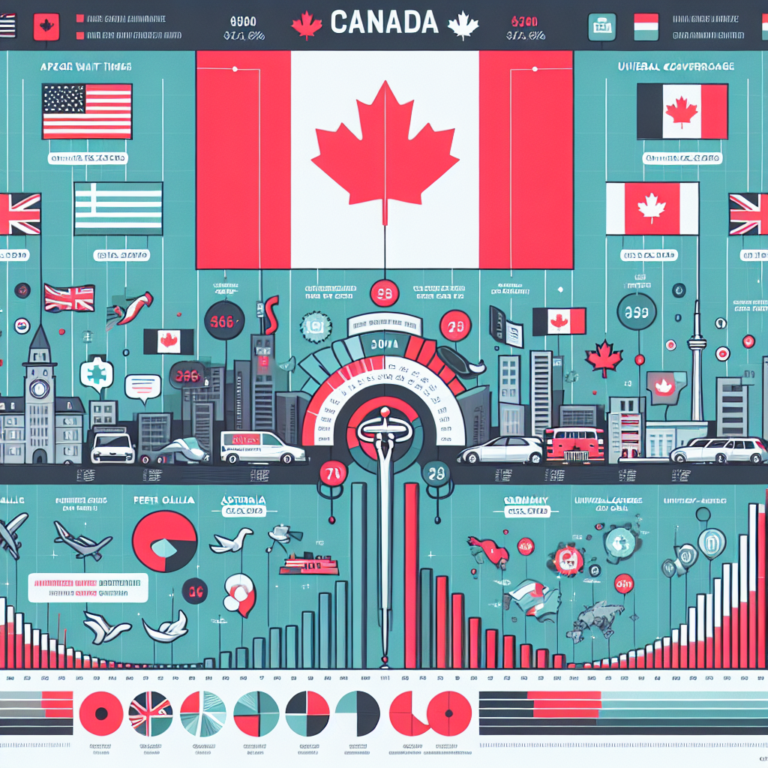The Impact of Technology on Canadian Healthcare
Canada’s healthcare system is often touted for its universality and accessibility, especially when compared to its southern neighbor. However, like any system, it faces challenges, particularly when it comes to efficiency and modernization. Technology is playing a crucial role in transforming healthcare in Canada, improving patient outcomes and healthcare delivery. From telemedicine to electronic health records, technology is making healthcare in Canada more efficient, accessible, and cost-effective.
In this article, we will explore the various ways technology is impacting Canadian healthcare, from broadening access to care to streamlining processes for healthcare professionals and patients alike.
The Evolution of Canadian Healthcare
Canada’s healthcare system, known as Medicare, has a reputation for providing free healthcare services to Canadian citizens and permanent residents. However, “free” can be misleading, as the system is taxpayer-funded. The Canada Health Act of 1984 is the legislative framework that ensures Canadians have access to necessary hospital and physician services without direct charges.
Is Healthcare in Canada Free for Immigrants?

One of the most frequently asked questions by newcomers is whether healthcare in Canada is free for immigrants. The short answer is, once immigrants become legal residents, they do qualify for the same healthcare benefits as any other resident. However, there is often a waiting period, which can vary by province, before the coverage takes effect. During this time, private health insurance is recommended to cover any medical expenses.
Embracing Technology in Healthcare
As in many other countries, Canadian healthcare providers are increasingly turning to technology to solve some of the system’s inefficiencies and improve patient care.
Telemedicine: Accessible Care for Remote Communities
Canada’s vast and sparsely populated geography can make healthcare accessibility a challenge, particularly for remote and rural communities. Telemedicine has been a game-changer, enabling patients to consult with healthcare providers via video conferencing. This has not only improved access to specialists but also reduced travel times and costs for patients.
Electronic Health Records (EHRs)
The adoption of EHRs is another significant technological advancement in Canadian healthcare. EHRs allow for the secure sharing of patient data across different healthcare settings, ensuring that medical professionals have access to a patient’s full medical history. This improves the quality of care and patient safety, reduces duplicate testing, and streamulates the healthcare process.
The Role of Health Insurance in Canada
Despite the public healthcare system, health insurance still plays a vital role. The public system does not cover services such as dental care, prescription drugs, physiotherapy, and other health services that many Canadians rely on. Private health insurance helps cover these costs and is often provided as a benefit by employers.
Health Insurance for Immigrants and Visitors
For immigrants and visitors who are not yet covered by the public healthcare system, health insurance is essential. It protects against potentially overwhelming healthcare costs and provides peace of mind during the initial settlement period in Canada.
Cutting-edge Technologies Transforming Canadian Healthcare
Artificial Intelligence (AI) and Machine Learning
AI and machine learning are at the forefront of healthcare innovation. These technologies are being used to predict patient outcomes, personalize treatment plans, and even assist in complex surgeries. AI-driven analytics can also help in the early detection of diseases, potentially saving lives through timely intervention.
Wearable Health Technology
Wearable devices that track vital signs and physical activity are becoming increasingly popular. These devices can help individuals manage their health and provide healthcare professionals with valuable data to inform treatment decisions.
Virtual Reality (VR) in Medical Training

VR technology is revolutionizing medical education and training. It allows medical students and professionals to practice procedures in a risk-free environment, enhancing their skills and preparedness for real-life scenarios.
Overcoming Challenges with Technology
Despite the benefits, the integration of technology in healthcare does not come without challenges. Issues such as data privacy, the digital divide, and the need for adequate training for healthcare professionals must be addressed to ensure that the advantages of technology are fully realized.
Ensuring Data Privacy and Security
With the increasing use of digital health records and telemedicine, protecting patient data is paramount. Canada has strict regulations in place, and healthcare providers must ensure they comply with these standards to maintain the confidentiality and security of patient information.
Bridging the Digital Divide
Not all Canadians have equal access to technology, which can lead to disparities in healthcare delivery. Efforts are being made to ensure that all Canadians, regardless of their socioeconomic status, can benefit from technological advancements in healthcare.
Training Healthcare Professionals
Adopting new technologies requires training and a shift in mindset for many healthcare professionals. Ongoing education and support are necessary to ensure that they are comfortable and proficient in using these tools.
The Future of Healthcare in Canada

The future of healthcare in Canada is bright, with technology paving the way for more personalized, efficient, and accessible care. Innovations like blockchain for health data management, 3D printing for medical devices, and continued advancements in AI and machine learning are on the horizon.
The Canadian government and healthcare providers must continue to invest in technology and address the challenges that accompany its adoption. By doing so, they can ensure that the Canadian healthcare system remains one of the best in the world.
Conclusion
The impact of technology on healthcare in Canada is undeniable. As the country continues to embrace digital health solutions, patients and healthcare providers alike are experiencing the benefits. From increasing access to care for remote communities to improving the efficiency and quality of services, technology is an essential component of a modern, patient-centric healthcare system.
While challenges remain, the potential for further advancements and improvements in Canadian healthcare is limitless. With ongoing investment and a commitment to overcoming obstacles, technology will continue to play a pivotal role in shaping the future of healthcare in Canada.







